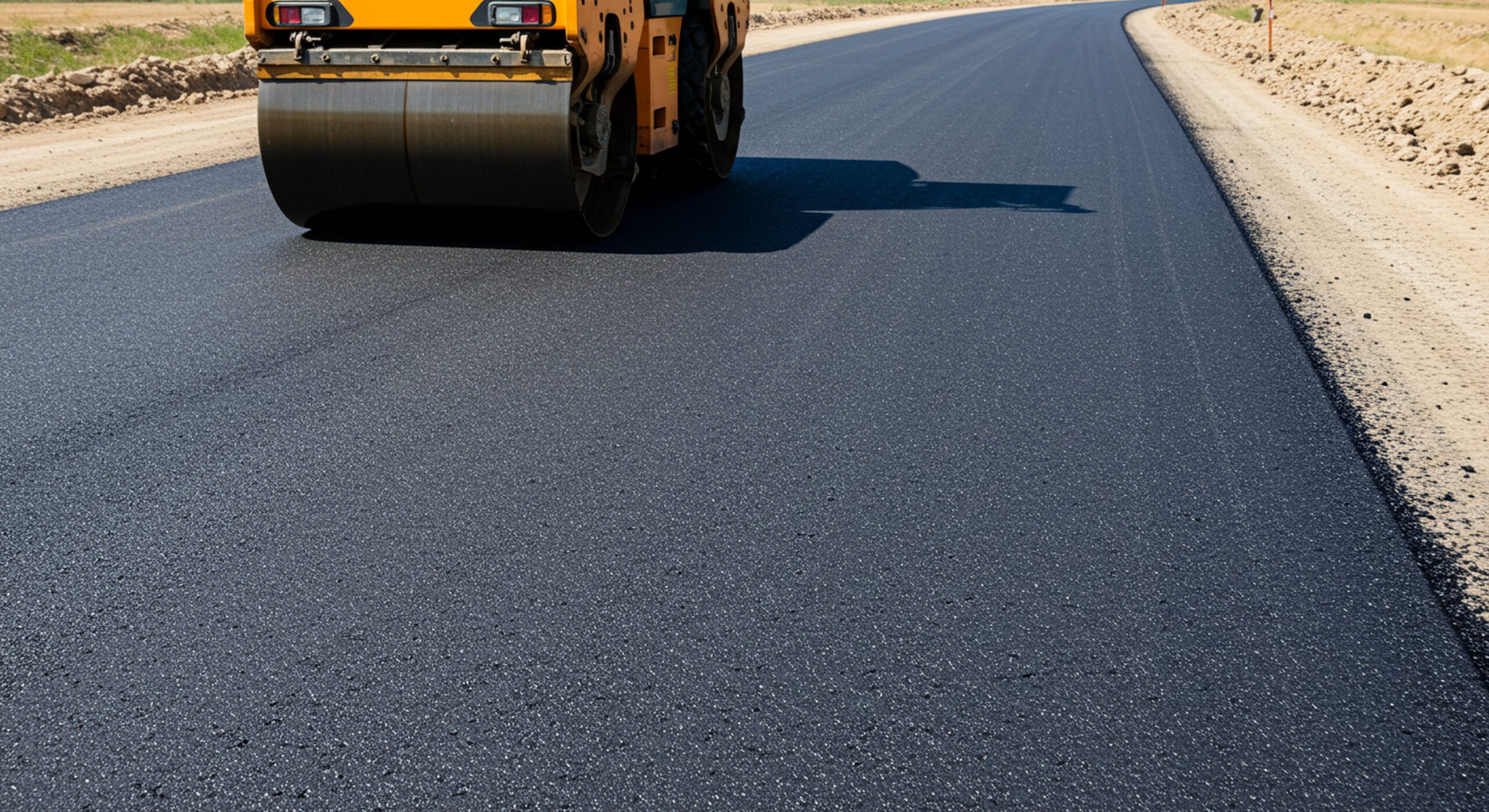By George Stanley
When people think about paving, they often imagine it as a one-and-done project. You pour the asphalt or concrete, smooth it out, let it cure, and then it’s good for decades, right? The truth is a little different. Whether it’s the driveway in front of your home or the highway that carries thousands of cars a day, paved surfaces need ongoing care. Without it, you end up with cracks, potholes, and costly replacements that could have been avoided.
After decades in the construction and paving industry, I’ve seen firsthand how the right maintenance can add years of life to a surface—and how neglect can take years away. Today, I want to share the basics of what every property owner, whether residential or commercial, should know about taking care of their pavement.
The Foundation of Paving: Why It Matters
When you’re talking about paving, the foundation beneath the surface is just as important as what’s on top. If the base isn’t prepared properly, you’ll see issues like settling, cracking, or water pooling much sooner. That’s why a lot of maintenance starts before the first car even touches the surface. For property owners, this means choosing a reputable contractor who doesn’t cut corners on the prep work. The stronger the foundation, the less maintenance you’ll face down the road.
Asphalt vs. Concrete: Different Surfaces, Different Care
One of the first things I explain to customers is that asphalt and concrete don’t age the same way.
- Asphalt is flexible, which means it can expand and contract with temperature changes. It’s also darker, so it absorbs more heat, which helps snow and ice melt faster in winter. The downside is that asphalt is prone to softening in extreme heat and can develop cracks that need sealing.
- Concrete is more rigid and longer lasting, but it’s vulnerable to salt damage in northern climates. Concrete is also more likely to show surface spalling or flaking over time.
Understanding the strengths and weaknesses of your surface helps you know what kind of maintenance you’ll need and when to schedule it.
Regular Inspections: Catching Problems Early
Just like you wouldn’t wait ten years to get your car serviced, you shouldn’t let your pavement go unchecked for too long. At least once a year, walk the area and look for common issues:
- Small cracks beginning to form
- Uneven spots where water collects
- Areas where the surface looks faded or worn
Catching these signs early can save thousands. A crack that costs a few hundred dollars to seal today could become a pothole requiring major repair in just a few seasons.
Sealcoating and Surface Protection
One of the most effective ways to extend the life of asphalt is sealcoating. This process applies a protective layer over the pavement, guarding against UV rays, water infiltration, and chemical spills. For most driveways and parking lots, sealcoating every 2–3 years keeps the surface looking sharp and performing well.
For concrete, sealing the joints and applying a protective coating can also make a huge difference, especially in areas that deal with harsh winters or heavy traffic. Think of it like putting sunscreen on your skin—it prevents the damage before it starts.
Managing Water: The Silent Enemy
If there’s one thing that will ruin pavement faster than anything else, it’s water. When water seeps into cracks and freezes, it expands and causes the surface to break apart. Even without freezing, standing water weakens the base underneath and leads to settling.
Good drainage is essential. For property owners, this means keeping gutters, downspouts, and nearby landscaping directed away from paved areas. It also means paying attention to dips or low spots where water collects after a storm and addressing them quickly.
When Repairs Are Needed
Even with the best maintenance, repairs will eventually be necessary. The key is knowing the difference between a minor fix and a major overhaul.
- Crack Sealing: Sealing small cracks is affordable and prevents water intrusion.
- Pothole Repair: Potholes should be filled as soon as possible to stop further damage.
- Resurfacing: If large areas are worn but the base is still solid, resurfacing can add years of life at a fraction of full replacement cost.
- Replacement: When the foundation itself has failed, replacement is unavoidable.
The earlier you act, the less you’ll spend—and the less disruption you’ll face on your property.
Highways vs. Driveways: Same Rules, Different Scale
People are often surprised when I tell them that the same principles apply whether you’re talking about a single-family driveway or a four-lane highway. The difference is just in scale. Both need a strong foundation, regular inspections, proper drainage, and timely repairs.
On highways, government agencies spend millions every year on maintenance because they know neglect costs more in the long run. Homeowners and business owners can apply that same logic on a smaller scale. Spending a little now saves a lot later.
Investing in Longevity
Pavement isn’t just a surface to drive on—it’s an investment in your property. A well-maintained driveway boosts curb appeal, a safe parking lot keeps customers coming back, and smooth roads keep communities connected. When you take care of your pavement, you’re not just saving yourself money—you’re contributing to the safety and quality of life in your neighborhood.
Final Thoughts
From driveways to highways, maintenance is the difference between a surface that lasts 30 years and one that fails in 10. As someone who’s been in this industry a long time, I can tell you with certainty: doing small things now makes all the difference later.
So take the time to inspect, seal, drain, and repair. Your future self—and your wallet—will thank you.
